Medium-format cameras are turning to the CMOS sensor for its flexibility, and Leica has followed suit with the S (Typ 007). Damien Demolder puts it to the test
Leica S (Typ 007) review
Leica S (Typ 007) review – Dynamic range, resolution and noise
With the S (Typ 007), Leica has adopted a new 37.5-million-pixel CMOS sensor that’s used only in this camera. Typically for a CMOS design it’s vastly better at high ISO sensitivities than older CCD-based models, but it can’t match modern full-frame sensors for image quality beyond about ISO 1,600, with ISO 6,400 the highest really usable setting. However, image quality isn’t just about high ISOs, and it’s at the lower settings that the Leica really shines. At ISO 100 it delivers highly detailed images with barely any noise, which in turn allows incredibly fine tonal gradations and colour transitions. Image quality is maintained very well at settings up to ISO 800, but beyond this noise becomes increasingly problematic. The sensor doesn’t work alone, of course, and Leica’s uniformly excellent lenses are key to the overall package.
Dynamic range
This graph shows just how well the Leica S performs at low ISO settings. A dynamic range reading of 13.1 EV at ISO 100 indicates that there should be lots of scope for pulling out detail from the shadow areas of the image. However, once you increase the sensitivity beyond the ISO 400 setting, dynamic range starts to fall off quite rapidly, and while it’s still perfectly acceptable at ISO 1,600 the monotonous drop beyond this setting is indicative of ever-decreasing image quality. The 6.2EV result at ISO 12,500 is poor.
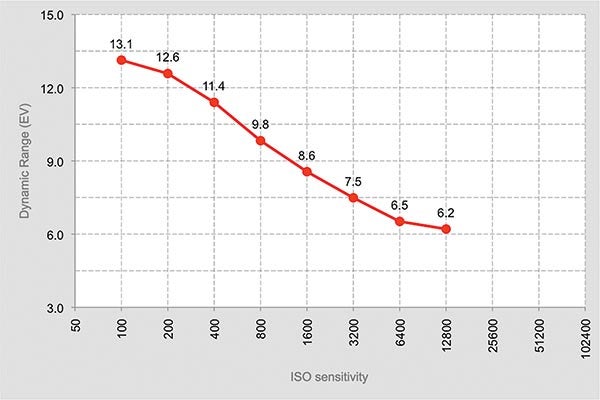
Resolution
With no optical low-pass filter in front of its 37.5-million-pixel sensor, the Leica S manages an impressive resolution of around 4,800l/ph at ISO 100. The DNG files converted using Adobe Camera Raw do, however, show distinct colour moiré around this point at low ISOs, along with maze-like aliasing at higher frequencies. Resolution drops a fraction at ISO 400, but then holds up remarkably well as the sensitivity is raised further. Even at the top setting of ISO 12,500 the camera still achieves 4,200l/ph.
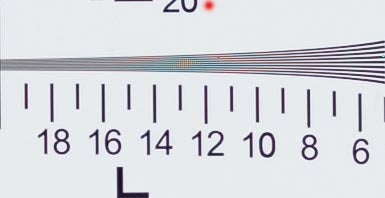
RAW ISO 100
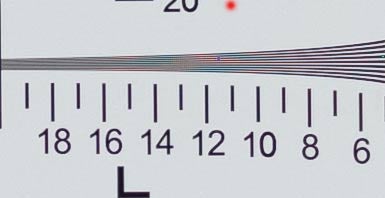
RAW ISO 400

RAW ISO 1,600
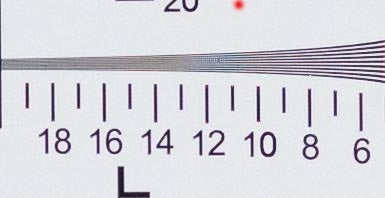
RAW ISO 3,200

RAW ISO 6,400
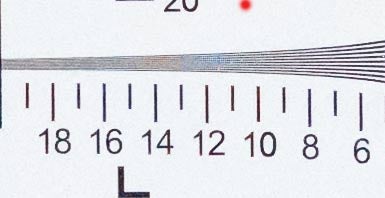
RAW ISO 12,500
Noise
Both raw and JPEG images taken from our diorama scene are captured at the full range of ISO settings. The camera is placed in its default setting for JPEG images. Raw images are sharpened and noise reduction applied, to strike the best balance between resolution and noise.
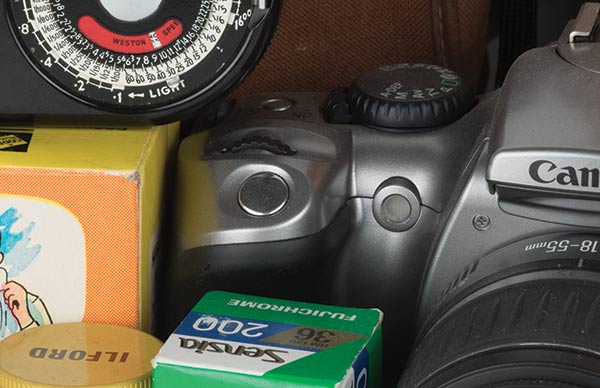
RAW ISO 100
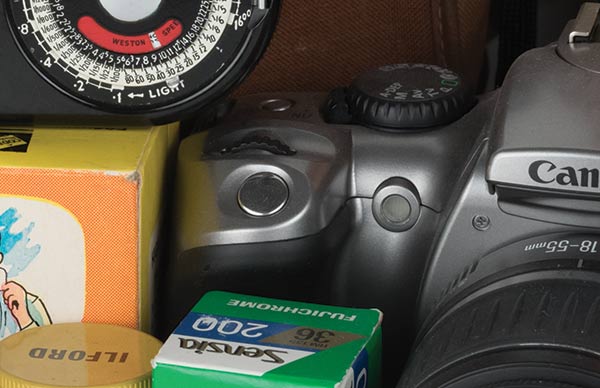
RAW ISO 400
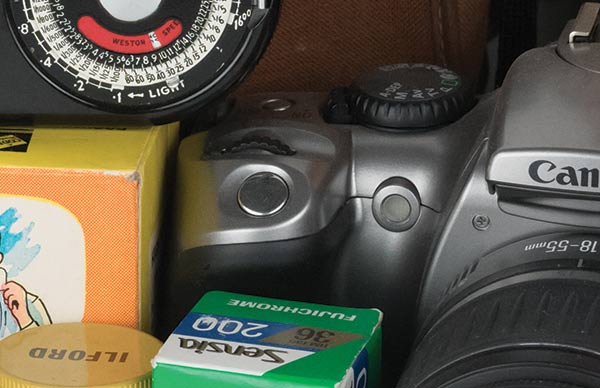
RAW ISO 1,600

RAW ISO 3,200

RAW ISO 6,400

RAW ISO 12,500
At its lowest setting of ISO 100, the Leica S (Typ 007) delivers superb image quality with lots of fine detail and exceptionally low noise, which in turn means remarkably subtle tonal gradations. With the size of the sensor – over 50% larger than full frame by area – it also maintains quality very well as the ISO setting is raised. There’s barely any drop in quality at ISO 400, and it’s only at the ISO 1,600 setting that we begin to see some luminance noise creeping into the image when looking very closely. At ISO 3,200 there’s a more obvious impact, especially in darker areas of the image, but the files are still very usable. At ISO 6,400 noise becomes rather prominent, but with careful handling in raw conversion it should clean up OK. However, the top setting of ISO 12,500 is a step too far, with excessive noise blighting even the midtones of the image.




